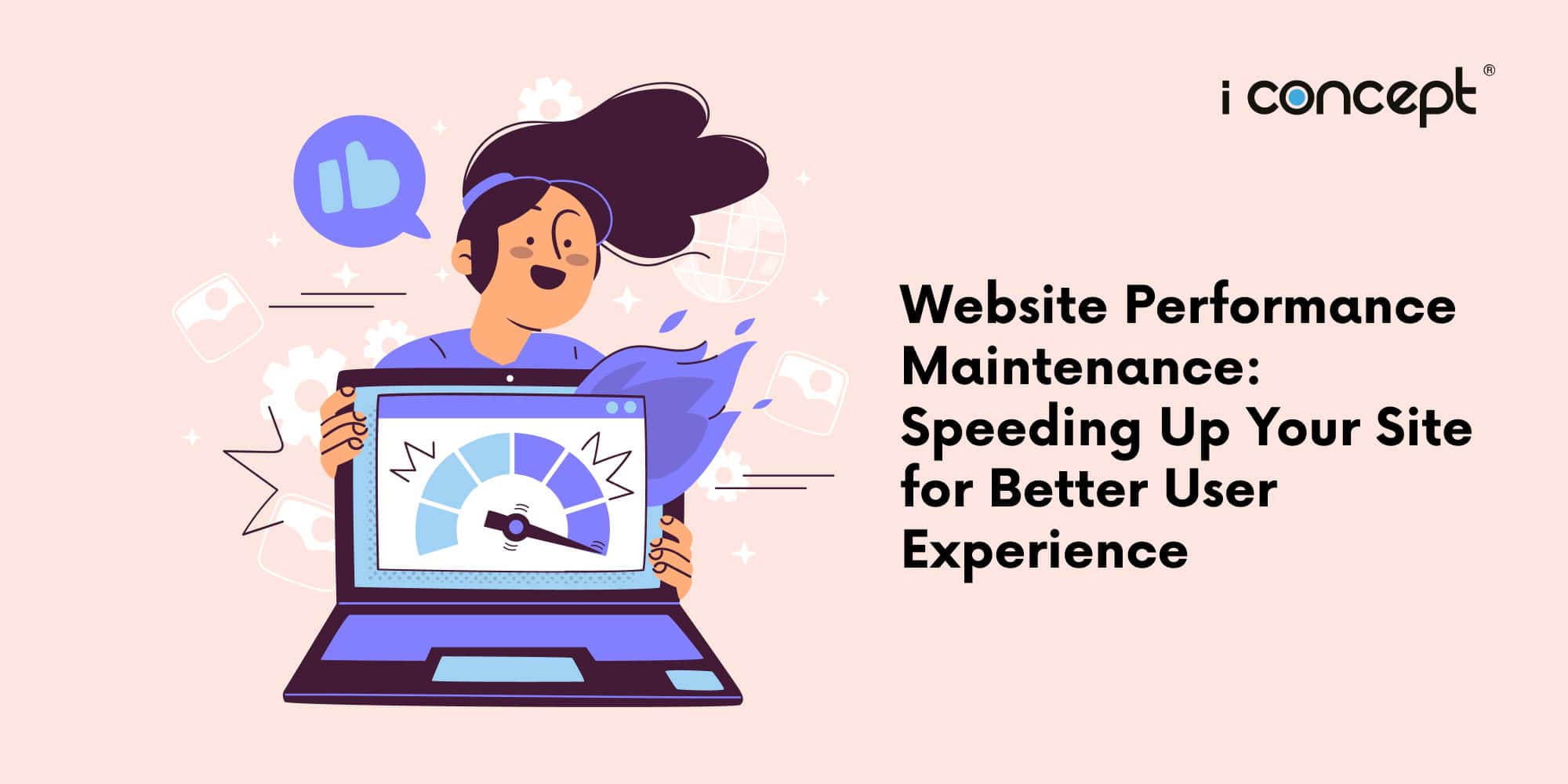For all the hoo-ha on essential workers poll in The Straits Times, there has been a lot said about what essential means to everybody while those on the ‘non-essential’ list has been left slighted in their role to the economy. Essential means something/someone that is of absolute necessity, which is exactly what an eCommerce website design in Singapore has become to businesses amidst the COVID-19 safe distancing measures.
When it’s done well, they are more than just a stop-gap measure for local businesses. By becoming a versatile tool to replace or complement your existing staff, eCommerce can reduce overhead costs and improve the flexibility and profitability of your business.
To fully understand how a good eCommerce website can help you, we’re going to show you the 6 essential roles it can actually play for your brand and from there, you can decide whether it’s worth investing in a trusted eCommerce developer:
Marketing Manager – Home Page
A marketing manager is the person that drives traffic to your website and sales for your brand, and he/she is also in charge of creating a good brand image for your audience. For all things marketing, this person is your homie.
With the work of a professional, the home page of your eCommerce can achieve the same results. As long as the right Search Engine Optimisation (SEO) strategy is used during the eCommerce website development, your website could be attracting traffic in droves and thereby, your sales figures.
Being also the first page most of your customers land on, an attractive eCommerce home page design can be as effective as any marketing campaign in enforcing positive brand imagery. Through the proper use of brand colour palettes, your design should instinctively tell your brand story and sell your overall brand.
If that’s not enough for you, you can always consider approaching a creative agency well-versed in marketing, who happens to also know eCommerce, to put together a marketing campaign that can help achieve some of your key objectives and KPIs.
Sales Executive – Products/Services Page
The marketing manager brings the customers to you, and it’s up to your sales representatives to seal the deal for you. They’re the ones who talk up your key products or services and convince your potential customers to part with their hard-earned cash.
In the absence of a physical sales executive, your products/services page would be in-charge of playing that role and they’re more than capable of doing it well. A products/services page that converts consists of various components to sell the entire package, such as:
- High-quality photography – By showing the best and most authentic side of your product/services, you can give a better image of what you can deliver for your customers and in turn, convincing them to pay for it.
- Smart and compelling copywriting – It’s basically the script or pitch a sales executive would use to sell your product/services, except it’s displayed nicely within the page.
- Ratings and reviews – If you’ve got good products/services along with a great customer service team (more on this later), don’t be afraid to flaunt your ratings and reviews. Nothing works better than word-of-mouth even if it’s digital, especially from a genuine audience.
- Interactive media – Videos and GIFs are like the fancy lights and out-of-this-world decorations in a store, which captures the attention of your audience and shows you’re putting in an effort to impress them.
Each of these elements is a pre-requisite in effective products/services pages, which is what can replace the role of a sales executive for your brand.
Customer Service Representative – ChatBots
Talking to a customer service personnel can be tiring and even infuriating sometimes. Having to press ‘1’ about 12 times before you can talk to an actual human being and being put on hold for 6 hours are some things that most of us can relate to. (We exaggerate, but you get the point.)
A lot of times the queries your customers have are straightforward and textbook, which only require simple and straightforward answers a trained monkey could answer. So why not get an Artificial Intelligence to do the job?
We’re talking about eCommerce chatbots and their infinite glory in answering mundane questions from your customers. Simply pre-empt and map out a list of potential Frequently Asked Questions (FAQs) and provide a fixed yet warm response to each of them, making them feel good about getting what they want. Saves their time and yours. Isn’t that a win-win?
PR Manager – News & Events Page
Public Relations (PR) team is usually in charge of handling news, events and press releases for the media. Since most Small and Medium Enterprises (SMEs) won’t require a PR team to handle major releases or events, an eCommerce website could be your temporary stop-gap solution.
That comes in the form of a News and Events page. If you’re an established brand with important news and events for your audience, you can add them within your news and events subpage that they can follow or even subscribe to. It’ll certainly make your eCommerce page more engaging and interactive.
Whether it’s new promotions, key product information or a massive event calling for sign-ups and participation, this page within your eCommerce site would serve to tell your customers just that. Press releases (if any) can also be deposited here. Integrating it well with email subscription best practices can also do wonders for your marketing efforts.
Logistics Executive – Order Listings Back-End
It’s already difficult to keep track of what’s in your own fridge. Doing it for an eCommerce business with consistent orders, cancellations or replacements is a bigger headache, with most companies rely on a logistics department to handle that. With a well-developed eCommerce site, you won’t need one.
There’re plenty of eCommerce solutions that provide an instinctive and easy-to-use software to manage all of your logistic needs in a single glance. You can update your stocks, manage your orders and view purchasing patterns across the year to coordinate with your suppliers.
Don’t let something like logistics bring you down, just opt for a great eCommerce solutions provider (like us) and check if they can fulfil this aspect for you in the back-end development (we do). You’ll be breezing through them in no time.
P.S. From the logistics industry? Check out our website design tips specifically tailored for your company!
Finance Executive/Accountants – Monthly Reporting
Often tied together with logistics, company finances are also something an eCommerce website can cover. A finance executive or accountant look at the entire finances of your company and generates a report that’s neatly presented.
It’s all about numbers, and building a solution to save yourself an abundance of time in tabulating each and every figure you need is the way to go. Just like the handling of your logistic needs, an eCommerce site can also generate a financial report based on the data within the site.
As long as you feed it sufficient data, there should be no issues generating key financial information such as profits, revenue, costs, assets, and even a forecast of financial statistics. All of which can also serve you well in your pricing strategy for your eCommerce.
More ‘Essential’ With An ECommerce Developer
These are just SOME of the essential roles an eCommerce website can play for you. With the help of an experienced and trusted eCommerce development team, you could unlock even more features and roles within your eCommerce site and save yourself some overhead costs, time and resources. It’s all about creating an effective eCommerce website to generate consistent sales for you.
Make your eCommerce business in Singapore ‘essential’ today at a discounted rate with the Productivity Solutions Grant (PSG), which provides up to 80% subsidy for your eCommerce development! We look forward to hearing from you.










